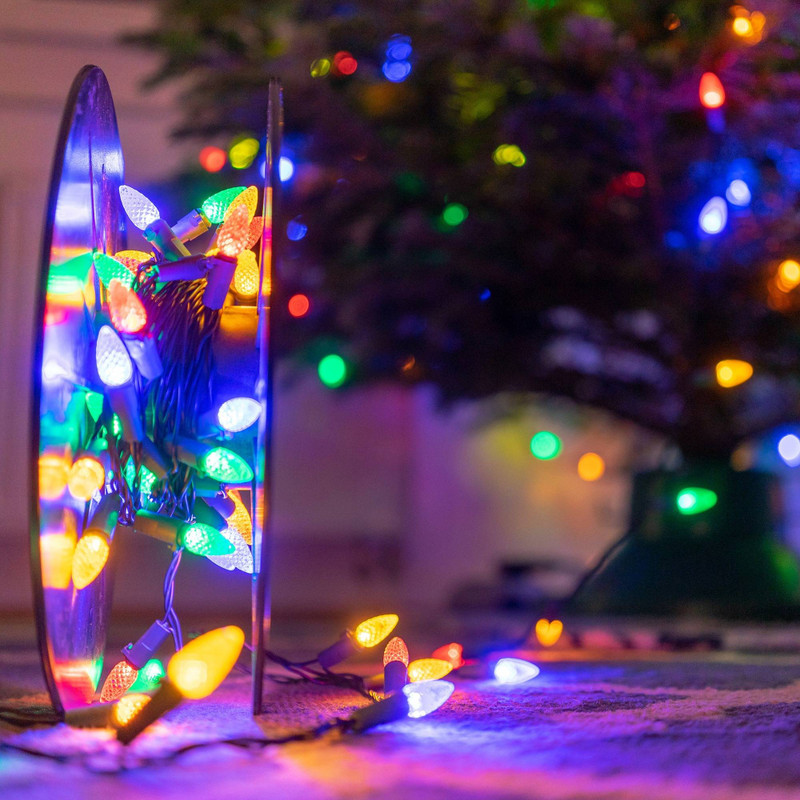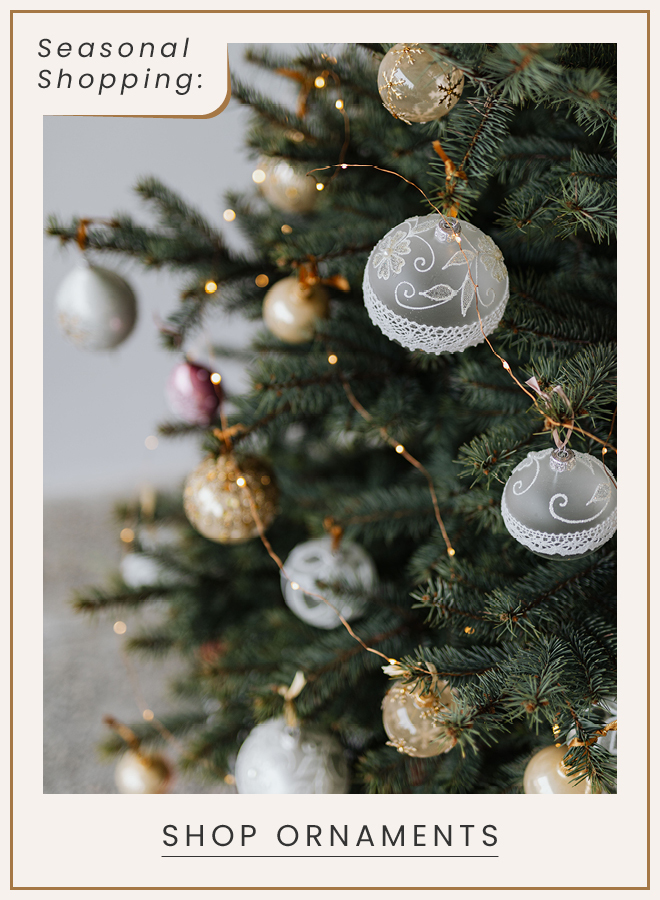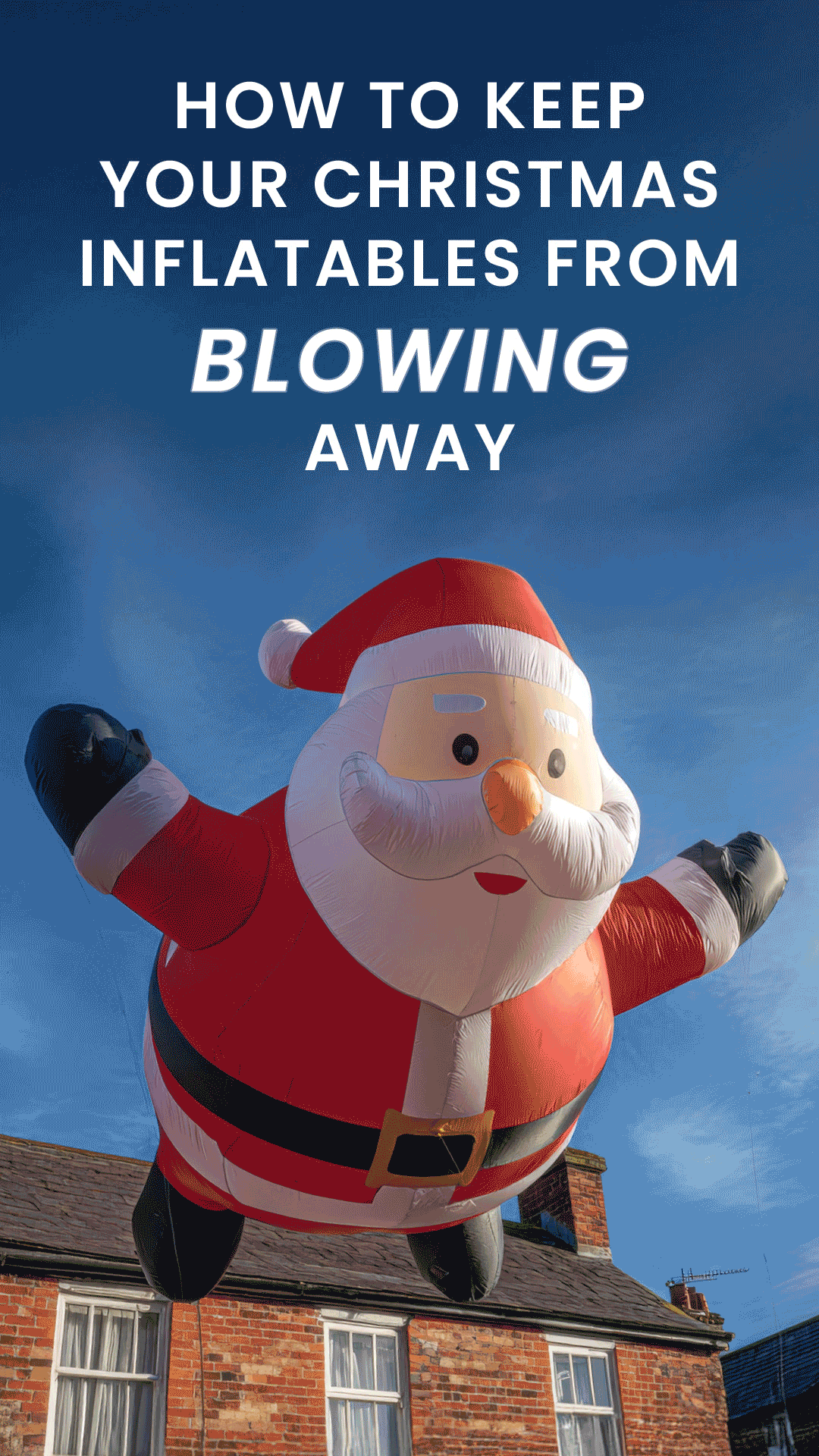5 Surprising Benefits of Modernizing Your Christmas Lights This Year
Nov 20th 2024

When it comes to Christmas, some tend to let nostalgia rule the season. Maybe a particular ornament or decoration fuels your warm fuzzies, or maybe it’s the assertive glow of giant multicolor Christmas light bulbs.
The vast choices of styles, sizes, and configurations can complicate how you choose to light your tree and home. It’s easier to simply continue using the same old lights year after year, replacing bulbs and fuses as needed.
In the case of those classic Christmas lights, however, your sentimentality might be misplaced. When it comes to old lights, it’s certainly true that “they don’t make ‘em like they used to.” Given that newer lighting is safer, more energy efficient and has more variety, it’s a good thing, too.
Here are five good reasons to put practicality above sentimentality and replace your outdated Christmas lights.

1. Safety Concerns
How old are your Christmas lights?
Christmas tree lights have been around for 100 years. While it’s unlikely your lights date back a full century, it isn’t uncommon for families to use the same vintage light strands for years, sometimes even decades. But with age comes certain safety risks, so there are a few important factors to consider if you’re hanging onto older lights.
Heat risks: Those classic egg-shaped vintage Christmas lights, also known as C7 and C9 light bulbs, can get hot - hot enough to burn if you, a young child or a pet touch them.
The heat poses an added danger if you’re using a real Christmas tree. According to the National Fire Protection Association, Christmas trees are responsible for an average of 155 home fires annually.
A dry Christmas tree can rage into an uncontrollable fire in seconds. To avoid this danger, use vintage Christmas lights very cautiously. Make sure bulbs don’t touch tree branches or needles, diligently water your tree and never leave lights on unattended.
Alternately, use cooler incandescent and LED look-alike options instead. And consider purchasing a highly fire-retardant artificial Christmas tree.
Wiring Issues: Even if your light strands aren’t very old, the wiring may have deteriorated. Plastic insulation on cords wears down over time. Consumer Reports recommends inspecting cords carefully before each use. Avoid using any cords that are stiff, frayed, or have exposed wiring.
Better yet, opt for safety over nostalgia. Purchase new incandescent or LED Christmas lights that stay cooler to the touch. Look for the UL-approved designation on Christmas light packaging and labeling.

2. Energy Efficiency
Many people splurge for the holidays, whether on special foods, holiday outings or elaborate decorations. Some people go all-out with their Christmas light displays to create a neighborhood extravaganza. That’s easier to do with modern Christmas lights.
Today’s incandescent string lights are much more energy efficient than their predecessors and are a popular, cost-effective option for most Christmas decorating.
In some cases, however, LED Christmas lights might be a good investment.
For one thing, LED lights use only a fraction of the energy needed to run vintage Christmas lights or mini incandescent lights. Plus, they’re even more energy-efficient in cold weather.
A string of LED lights may cost more than a similar length of incandescent Christmas lights. If you plan to hang a lot of lights, the cost could be significant. However, you’ll enjoy savings after the holiday in the form of a much smaller electrical bill. LED lights also last longer, extending your investment even further.

3. Long Life
A standard incandescent light works by electrically heating a filament until it glows and produces light. Only about 2% of the energy emitted is visible light; the remaining 98% is wasted energy, mostly through radiant heat.
An LED light works differently. Semiconductor materials inside a Light-Emitting Diode release energy when an electrical current passes through them. It’s an efficient reaction; most of the energy used is converted to light and only a tiny amount of heat is produced.
The structure of an LED bulb doesn’t contain a filament that can burn away. This is one of the reasons LED lights last longer than incandescent lights – a lot longer.
According to the U.S. Department of Energy, LED bulbs can last an average of 30,000 to 50,000 hours. By comparison, incandescent Christmas light bulbs last about 1,200 hours.
Say you keep your Christmas lights on 24/7 from November 1 until the New Year. During those 1,464 hours of illumination, you might replace a lot of burned-out incandescent Christmas bulbs. Conversely, under the same conditions, your LED Christmas lights could keep shining for many more seasons!
When it comes to cold weather, LED lights shine even brighter. Frigid temperatures can cause some incandescent bulbs to shatter. However, since LEDs don’t rely on heat energy to work, they become even more efficient when the temperature dips.
Bulb or diode life is just one factor in the life of Christmas string lights. Weather, exposure to the elements, storage and care all affect how long a string of Christmas lights will last.

4. Convenience
One potential drawback to modern Christmas lights is that they are not as interchangeable as the old screw-in light bulbs. With Grandma’s Christmas lights, you might exchange a regular bulb with one shaped like an icicle, star or even Santa Claus. Although many mini incandescent and LED Christmas lights have replaceable bulbs, the bulbs don’t come in different designs.
The tradeoff is that new Christmas lights offer increased convenience and additional features.
Both mini incandescent and LED string lights are lighter and easier to use than the clunky, large-format Christmas lights of the past. They also produce brighter, clearer light and truer, more consistent colors than C9 bulbs.
In the old days, a loose, burned-out or missing bulb might cause an entire strand of Christmas lights to go dark. These days, most Christmas lights use technology that keeps the rest of the bulbs lit if one is faulty or broken.
LED Christmas lights offer additional benefits. Since each light strand uses a fraction of the energy of incandescent lights, you can string more LED lights together. For instance, a typical U.S. wall outlet can support about two 40.8-watt 100-bulb strands of incandescent lights connected end-to-end. On the other hand, the same outlet could support more than a dozen connected 7.2-watt 100-bulb energy-sipping LED light strings.
Unlike old-fashioned C9 bulbs, incandescent lights can blink and twinkle. For extra flair, some LED lights also include fun color-changing options and may even come with a remote control. Turn on the lights and personalize your light color and pattern options from inside your home. There are even “smart” Christmas lights available that can be controlled via an app on your phone!
For crafts and spots that lack electrical outlets, battery-operated lights are another convenient choice that isn’t available with older Christmas lights.
5. Look-Alike Options
If all the fun and convenience of today’s incandescent and LED Christmas lights haven’t convinced you to ditch your vintage lights, here’s one more perk: modern look-alikes!
Brand-new strands of C9, C7 and other string lights offer vintage style without the hazards of old wiring. You’ll find color options beyond the old red, yellow, blue and green bulbs, plus colorful and long-lasting LED styles.
You can also find more modern and safer versions of Grandma’s Christmas bubble lights! A bubble light consists of a small, narrow, sealed glass tube filled with a liquid that has a low boiling point. An incandescent light heats the bulb, causing the liquid to bubble.
Merry and Modern
Bright lights on your Christmas tree, on your home’s exterior and throughout the house are one of the pleasures of the season.
Take care of your lights, follow sensible guidelines regarding their use and replace any old, outdated lights. Consider LED options, take advantage of modern features and use new products that resemble the vintage styles you love.
You’ll appreciate the beauty of your Christmas lights and better ensure the safety of your home and family.

Need help with decorating tips? Choosing the right tree?
Christmas Central Resources

